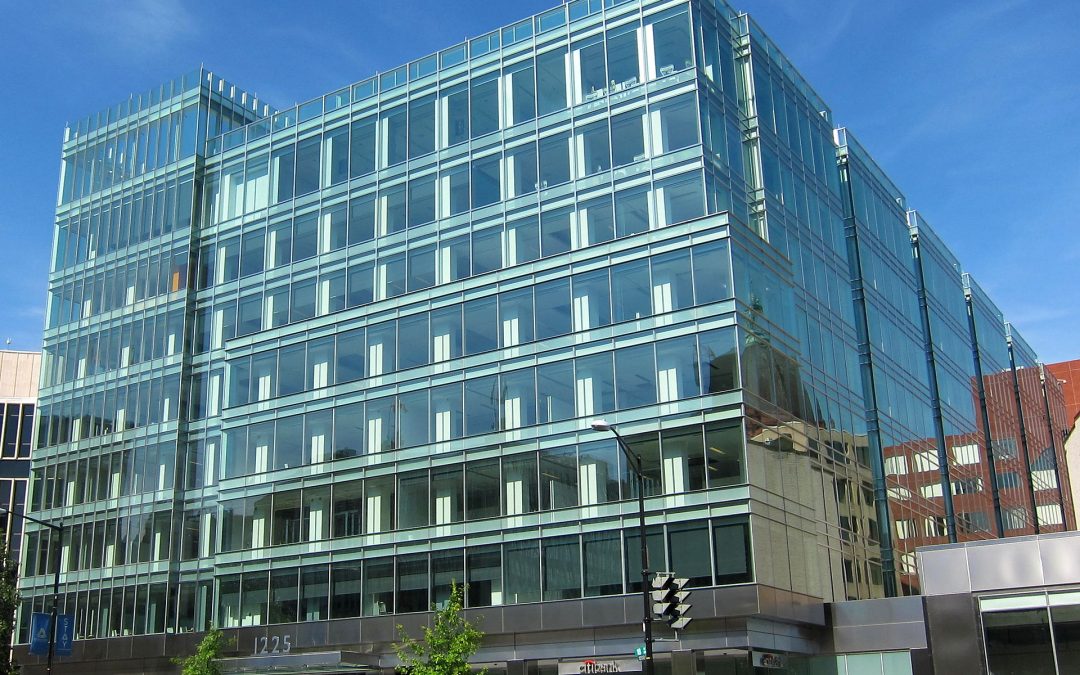Peter Akinosho, a civil engineering student at the University of Georgia, spoke about why he chose the profession: “[Civil engineers] do what we do so people don’t have to worry about their basic needs.” Paramount among these needs is health. We are building structures for tomorrow’s generations, who are more conscious about the benefits of maintaining an active lifestyle, even at work. Especially in the realm of Bay Area green building, tech giants are building headquarters with green roofs equipped for walking meetings, and offer daylighting, yoga, and healthy food. To remain competitive for clients, we developers, architects, and engineers must work together to design and build developments that are not only sustainable but also promote the health of the people who use them.
Start with Bay Area Green Building
Our journey to “healthy” buildings begins with a foundation of sustainability, whose framework is provided by both the California Green Building Code (CALGreen) and the optional Leadership in Energy and Environmental Design (LEED) certification. California was the first state in the nation in 2011 to implement a mandatory green building code, CALGreen, which covers nearly all residential and nonresidential construction in California. The code’s voluntary and mandatory measures are intended to streamline green building design to reduce the state’s carbon output. The optional LEED certification has been around for much longer and has compelled architects and builders to increase energy efficiency and reduce water usage through a point system created by the U.S. Green Building Council.
There is some overlap for developers who already must comply with CALGreen, but would like to pursue LEED certification as well. An alternative documentation path for LEED was established in July 2015, to reduce paperwork for nonresidential projects already subject to the mandatory 2013 CALGreen standards. Projects can provide this set of documents instead of the standard LEED documentation to establish compliance.
Beyond LEED to WELL
It is great that we’ve learned how to design for the health of the environment, which often coincides with planning for people’s health. For example, the mandatory and voluntary measures contained in CALGreen and the LEED certification provide steps to maintain optimal indoor air quality and limit harmful pollutants, especially from paint finishes and carpets. However, what about the subtle connections of building design to health like the design of stairwells, so people use them instead of elevators? These are questions that Paul Scialla, founder of the International WELL Building Institute (IWBI), found himself asking around eight years ago. He realized the health care community had put more emphasis on lifestyle and preventative approaches to health, but there was no standard for integrating the link between design and public health into the real estate industry. So, he decided to create one: the WELL Building standard. The U.S. Green Building Council, the creator of LEED, is helping to develop the WELL certification process further to “reinvent buildings that are not only better for the planet—but also for people (Source: USGBC, “Introduction to the WELL Building Standard).”
Bay Area “Healthy” Workplaces
Many Bay Area technology companies have embraced employee wellness in the workplace and is one way Silicon Valley companies like Facebook and Google distinguish themselves to recruit top talent. For example, last year on the blog we wrote about Facebook’s nine-acre green roof, complete with a half-mile walking loop, WiFi, and whiteboards so employees can work outdoors. Not only are these efforts sustainable and safe for the environment, but they are also useful for employee health.
Our home-base of Fremont, California is also going beyond sustainability for health with its efforts to promote transit-oriented development. The new Delta Americas (Delta) building opened in the Warm Springs District last year, and it is a net-zero, LEED Platinum certified development. Moreover, its location near a transit station helps employees cut down on stressful commute times and relax on their journey to and from work.
Ultimately, there are long-term financial benefits to Bay Area green building that includes wellness, including increasing the property’s value. Also, initial development fees are often reduced for green buildings. Compliance with programs like LEED and CalGREEN can result in lower utility bills, but the significant return for investing in employee health is realized in the form of human capital. The buildings we construct must withstand the changing forces of human values and environmental factors. We can all work together to ensure that the buildings we develop will be a safe and productive place for those who use them.
Image Source:
By AgnosticPreachersKid – Own work, CC BY-SA 3.0, https://commons.wikimedia.org/w/index.php?curid=10697380

